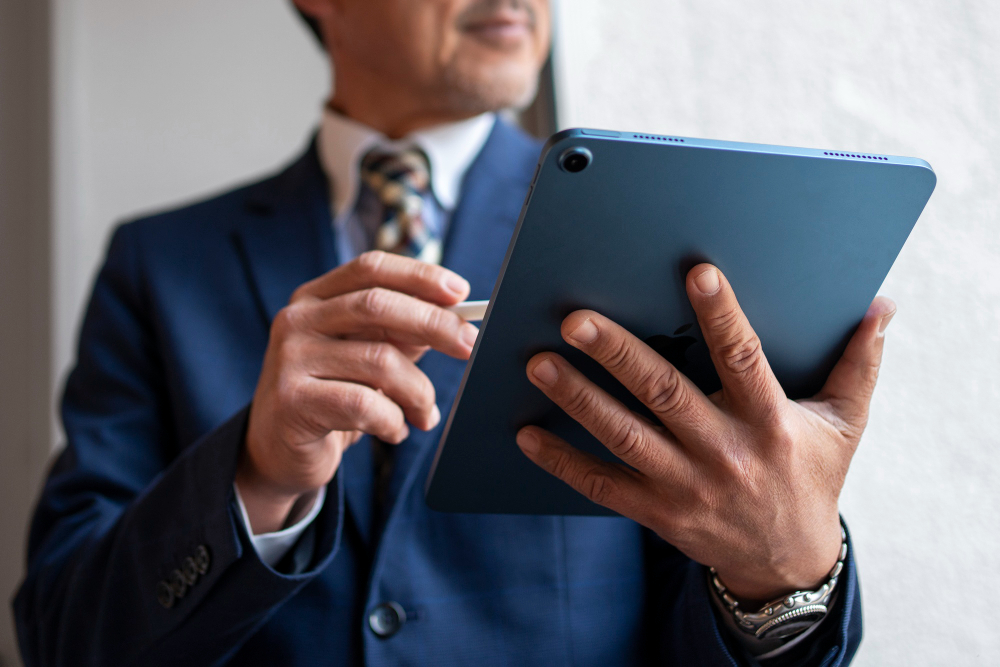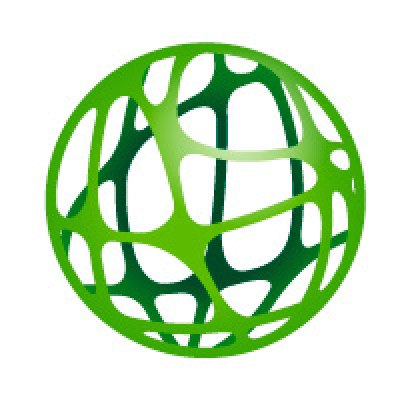New technologies are transforming alternative dispute resolution methods
Full article
Mediation and Arbitration in the Digital Age
In recent decades, alternative dispute resolution methods, such as mediation and arbitration, have gained popularity as effective ways to resolve disputes outside the traditional judicial system. These methods offer greater flexibility, time and cost savings, as well as preserving the relationships between the parties involved.
But the increasing complexity of commercial disputes, coupled with globalization and the growing demand for quick and efficient solutions, has driven the adoption of alternative dispute resolution methods worldwide. Added to this is the fact that traditional methods of mediation and arbitration have begun to show their limitations in a digital and globalized environment. The COVID-19 pandemic, in particular, accelerated the need to digitize processes that previously relied heavily on face-to-face interaction.
Against this backdrop, technology has emerged as an indispensable ally, offering tools and platforms that facilitate access to mediation and arbitration while optimizing and streamlining these processes. The irruption of new technologies has generated a revolution in the way these processes are carried out, transforming them to adapt to an increasingly digitized world.
In this sense, digital transformation is redefining how these methods are understood and practiced, making dispute resolution more accessible, transparent and efficient.

Transforming Mediation and Arbitration through Technology
1. Online Dispute Resolution Platforms
One of the most significant innovations is the development of Online Dispute Resolution (ODR) platforms. These platforms allow parties to resolve their disputes remotely, without the need to be physically present in a courtroom or mediation room.
Using videoconferencing, online chats, and document management tools, these platforms facilitate an agile and structured process, where parties can present evidence, exchange arguments, and receive the decision of a mediator or arbitrator in an efficient manner.
In addition, these platforms often include advanced functionalities such as automated mediation, where algorithms can help parties find common ground based on previously established criteria. Although human intervention remains crucial, these tools can significantly speed up the process, reducing the workload for mediators and arbitrators.
2. Artificial intelligence in dispute resolution
Artificial intelligence (AI) is beginning to play a crucial role in the transformation of mediation and arbitration. AI-powered tools exist that can analyze large volumes of data and case law to provide recommendations and predictions about the likely outcome of a dispute.
This not only helps parties better assess their positions, but can also guide mediators and arbitrators in making more informed and fairer decisions.
Another application of AI in dispute resolution is the automation of certain aspects of the process, such as classifying the dispute; generating settlement proposals; and drafting agreements. This allows processes to be faster and less costly, especially benefiting smaller disputes that might otherwise be dismissed due to lack of resources.
3. Blockchain and transparency in arbitration
Blockchain technology is beginning to be integrated into arbitration processes to ensure transparency and immutability of records. Through blockchain, all transactions and communications between parties can be securely recorded, creating a verifiable record that cannot be altered.
In addition, Blockchain-based smart contracts can automate the execution of agreements reached in arbitration, reducing the need for additional oversight and ensuring immediate enforcement of decisions.
4. Virtual and augmented reality in mediation
On the other hand, there is virtual reality and augmented reality which, although still in their early stages, have enormous potential to transform mediation. Through immersive virtual environments, parties can participate in mediation simulations that replicate face-to-face interaction, without the need to physically travel. This is particularly useful in international disputes where the parties are located in different countries.
In addition, augmented reality can be used to present evidence in a more dynamic and understandable way, such as 3D visualization of documents or recreation of key scenes, which can facilitate a better understanding of the facts by mediators.

Conclusion
The digital transformation of mediation and arbitration is not only making these alternative dispute resolution methods more accessible and efficient, it is also changing the very nature of how disputes are resolved. As technology continues to advance, we are likely to see an even greater integration of digital tools, allowing parties to resolve their disputes more quickly, fairly and effectively.
However, with these advances also come new challenges, such as the need to properly regulate these technologies, ensure data protection and ensure that human intervention remains essential in dispute resolution processes.
Comments
Related links
Main menu












